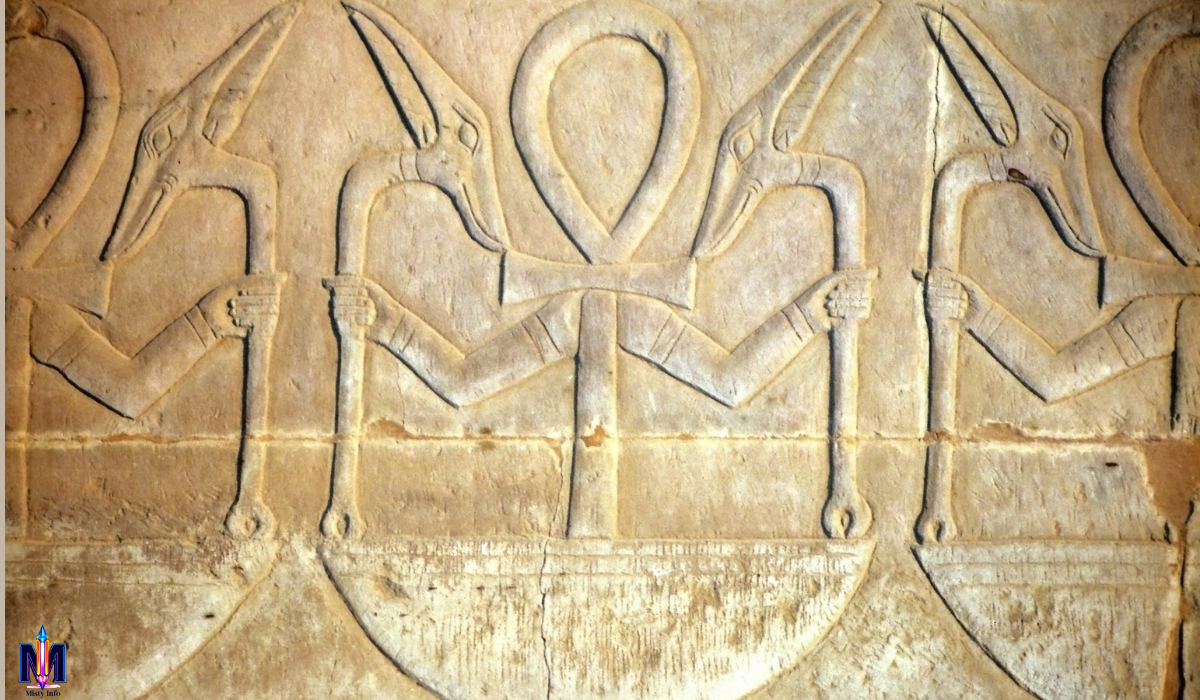Art is humanity’s heartbeat, pulsing through time to tell stories of who we were, what we believed, and how we lived. The term “Ancient Artz,” with its playful spelling, invites us to explore the creative legacies of ancient civilizations with fresh eyes. Far from being mere relics, the arts of Egypt, India, Greece, Mesopotamia, and China are vibrant testaments to human ingenuity, spirituality, and resilience. These works—whether carved in stone, painted on cave walls, or woven into silk—served as bridges between the mortal and the divine, the individual and the collective. In this exploration, we’ll uncover the techniques, cultural contexts, and enduring relevance of these ancient artz, revealing how they continue to shape our world.
The Purpose of Ancient Artz
Before delving into specific civilizations, it’s worth reflecting on why art was so central to ancient societies. Unlike modern art, which often prioritizes personal expression, ancient art was deeply functional. It was a tool for survival, a means of communicating with gods, and a way to assert power or preserve identity. Each civilization we’ll explore used art to address existential questions, from the meaning of life to the nature of the afterlife. This shared purpose, expressed through diverse techniques like pottery, sculpture, painting, and textiles, creates a universal thread that connects these cultures across time and space.
Comparative Glance at Ancient Artz Across Civilizations
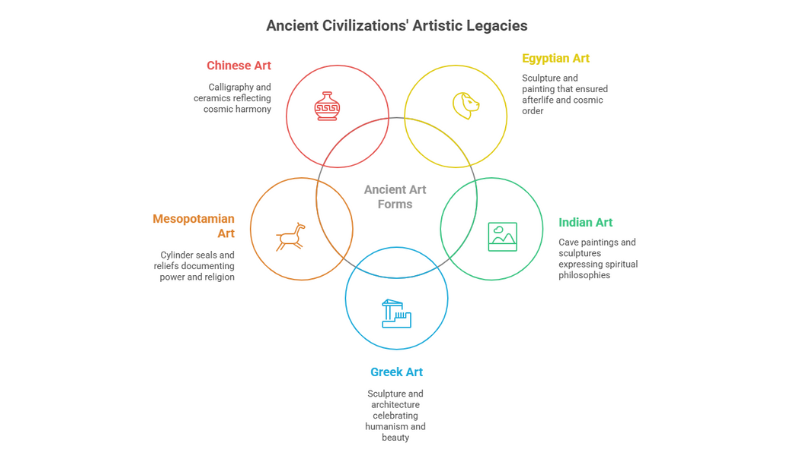
The table below offers a side-by-side view of how five great civilizations expressed their identity, spirituality, and innovation through art—and how their legacies still influence the modern world.
| Civilization | Key Art Forms | Notable Examples | Cultural Significance | Modern Influence |
|---|---|---|---|---|
| Egypt | Sculpture, Painting, Textiles | Great Sphinx, Tutankhamun’s Tomb Paintings | Ensured afterlife, maintained cosmic order | Architecture, hieroglyph-inspired design |
| India | Cave Paintings, Sculpture, Textiles | Ajanta Caves, Sarnath Buddha | Expressed spiritual philosophies | Vibrant motifs in fashion, traditional crafts |
| Greece | Sculpture, Pottery, Architecture | Parthenon Friezes, Krater of Euphronios | Celebrated humanism and beauty | Neoclassical architecture, modern sculpture |
| Mesopotamia | Cylinder Seals, Reliefs, Pottery | Lion Hunt of Ashurbanipal, Ziggurat of Ur | Documented power and religion | Legal systems, architectural arches |
| China | Calligraphy, Painting, Ceramics | Lanting Xu, Ming Porcelain | Reflected cosmic harmony | Minimalist design, ceramic techniques |
Egypt: Art as a Pathway to Eternity
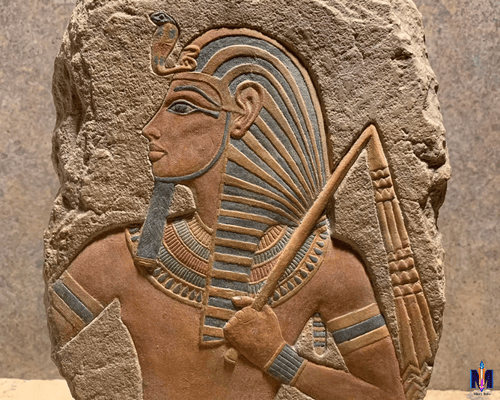
In the sun-scorched lands along the Nile, art was a sacred act, a way to ensure immortality. Egyptian art, spanning from around 3000 BCE to 30 BCE, was rooted in the concept of ma’at—truth, balance, and order. It was not created for public admiration but to serve the gods and the dead, particularly in tombs and temples.
Techniques and Masterpieces
- Sculpture: Egyptian sculptures, such as the Great Sphinx of Giza (Great Sphinx), embody power and divinity. The Sphinx’s lion body and pharaoh’s head symbolize strength and wisdom, while its rigid pose reflects the eternal stability sought in the afterlife. Statues like the bust of Nefertiti (Nefertiti Bust) showcase exquisite craftsmanship, with lifelike details that hint at the Egyptians’ skill despite their stylized approach.
- Painting: Tomb paintings, like those in Tutankhamun’s burial chamber, were vibrant guides for the soul’s journey. These murals depicted daily life, religious rituals, and offerings to ensure the deceased’s comfort in the afterlife. The use of bold colors like red, blue, and gold symbolized vitality and divine favor (Smarthistory Egyptian Art).
- Pottery and Textiles: Egyptian pottery was often functional, adorned with hieroglyphs or simple motifs. Textiles, particularly linen, were used in religious ceremonies and burials, though few survive due to the climate. These artifacts highlight the Egyptians’ ability to blend utility with artistry.
Cultural Context
Egyptian art was inseparable from religion and the afterlife. The absence of a word for “art” in their language underscores its functional role—to maintain cosmic order and grant eternal life. This focus on permanence explains the conservative style, which changed little over millennia, prioritizing symbolic clarity over innovation.
Modern Relevance
Egyptian art’s influence is undeniable, from the obelisks in modern cities to the hieroglyph-inspired designs in fashion. Its emphasis on eternity resonates in contemporary discussions about legacy and memory, reminding us of art’s power to transcend time.
India: Art as a Spiritual Tapestry
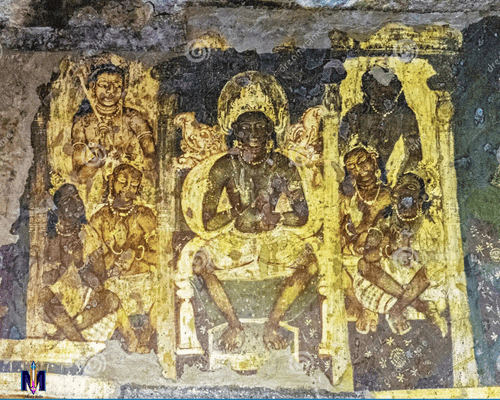
India’s artistic heritage is a vibrant mosaic, shaped by millennia of cultural and religious diversity. From prehistoric rock paintings to the intricate carvings of medieval temples, Indian art reflects the subcontinent’s spiritual depth, influenced by Hinduism, Buddhism, Jainism, and later Islam.
Techniques and Masterpieces
- Cave Paintings: The Ajanta Caves, dating to the 2nd century BCE, are a UNESCO World Heritage Site renowned for their frescoes (Ajanta Caves). These paintings depict Buddhist narratives with vivid colors and expressive figures, capturing the essence of spiritual enlightenment.
- Sculpture: The Gupta period (320–550 CE) marked a high point in Indian sculpture. The Sarnath Buddha, with its serene expression and flowing robes, embodies spiritual tranquility (Indian Art). Later, temples like Khajuraho and Konark featured intricate carvings blending mythology and human emotion.
- Textiles: India’s textile tradition is legendary, with techniques like block printing (e.g., Ajrakh from Gujarat) and embroidery producing fabrics that were both functional and artistic. These textiles were traded across Asia, spreading Indian aesthetics (Invaluable Indian Art).
- Pottery: The Harappan civilization (2600–1900 BCE) produced terracotta figurines and vessels, offering insights into early urban life. These simple yet expressive works highlight India’s long history of ceramic art.
Cultural Context
Indian art is deeply tied to religious and philosophical concepts like dharma, karma, and moksha. The Ajanta frescoes, for instance, were not just art but meditative tools for monks. The diversity of Indian art reflects the subcontinent’s pluralistic society, where multiple faiths coexisted and influenced each other.
Modern Relevance
Indian art’s vibrant colors and spiritual motifs continue to inspire modern artists and designers. Traditional crafts like Madhubani painting and Pashmina weaving remain vibrant, while Bollywood and global fashion draw on ancient motifs, keeping India’s artistic legacy alive.
Greece: Art as a Celebration of Humanity
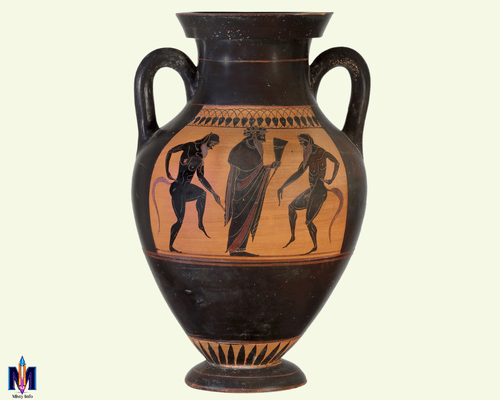
Greek art is synonymous with beauty, balance, and the human form. From the Archaic to the Hellenistic periods (c. 800–31 BCE), Greek artists pushed the boundaries of naturalism and idealism, creating works that remain iconic.
Techniques and Masterpieces
- Sculpture: Greek sculpture evolved from the stiff kouros statues of the Archaic period to the dynamic figures of the Classical period, like the Discobolus (Ancient Greek Art). The Parthenon friezes, depicting the Panathenaic procession, showcase the Greeks’ mastery of movement and proportion (Metropolitan Parthenon).
- Pottery: Greek vases, using black-figure and red-figure techniques, told stories of gods, heroes, and daily life. The Krater of Euphronios is a stunning example, blending tragedy with artistic precision (Art Institute Greek Art).
- Architecture: The Parthenon, with its Doric columns, embodies Greek ideals of harmony and proportion. Its design influenced Roman and neoclassical architecture (HISTORY Greek Art).
Cultural Context
Greek art was rooted in humanism and the pursuit of arete (excellence). It celebrated the body and mind, reflecting a society that valued democracy, philosophy, and athleticism. The spread of Greek art through Alexander the Great’s conquests created a lasting cultural legacy.
Modern Relevance
Greek art’s emphasis on proportion and beauty underpins Western aesthetics. Neoclassical architecture, like the U.S. Capitol, draws directly from Greek temples, while modern sculptures echo the idealized forms of antiquity.
Mesopotamia: Art as a Chronicle of Power
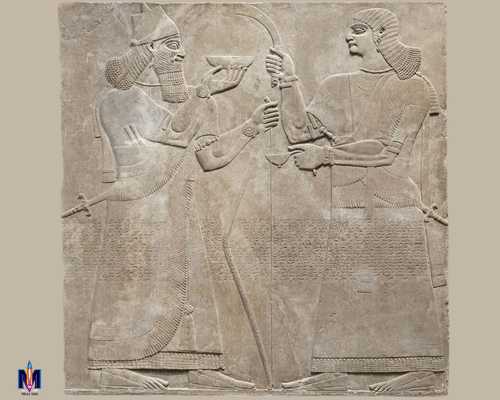
Mesopotamia, the “cradle of civilization,” produced art that documented the rise of human societies from 3500 BCE to 539 BCE. Spanning Sumer, Akkad, Babylon, and Assyria, its art was both functional and monumental.
Techniques and Masterpieces
- Cylinder Seals: These small, carved stones were rolled on clay to create intricate designs, often depicting gods or mythological scenes. They served as signatures and artistic expressions (Mesopotamian Art).
- Reliefs: Assyrian palace reliefs, like the Lion Hunt of Ashurbanipal, captured royal exploits with vivid detail, serving as both propaganda and historical records (Britannica Mesopotamian Art).
- Pottery: Mesopotamian pottery was practical, used for storage and rituals, often decorated with geometric or animal motifs. These vessels reflect the region’s agricultural wealth.
- Architecture: Ziggurats, like the Great Ziggurat of Ur, were massive stepped temples symbolizing divine connection. Their construction showcased Mesopotamian engineering (Invaluable Mesopotamian Art).
Cultural Context
Mesopotamian art glorified kings and gods, reinforcing social hierarchies. Cylinder seals and reliefs often depicted rulers in divine contexts, while ziggurats were centers of religious life. The art also preserved early writing systems like cuneiform.
Modern Relevance
Mesopotamian art offers insights into the origins of urban society and legal systems, such as the Code of Hammurabi. Its architectural innovations, like the arch, influence modern design, while its artifacts inspire archaeological curiosity.
China: Art as a Dance with Nature

Chinese art, with roots in the Neolithic period (c. 10,000 BCE), is one of the world’s oldest continuous traditions. It reflects a philosophy of harmony, influenced by Confucianism, Taoism, and Buddhism.
Techniques and Masterpieces
- Calligraphy: Considered the highest art form, calligraphy expressed the artist’s spirit through brushwork. Wang Xizhi’s Lanting Xu is a revered example of cursive script (New World Encyclopedia Chinese Art).
- Painting: Landscape paintings, or shan shui, captured nature’s essence. Fan Kuan’s Travelers Among Mountains and Streams uses ink to evoke spiritual depth (World History Chinese Art).
- Ceramics: Chinese porcelain, perfected during the Tang and Ming dynasties, became a global symbol of craftsmanship. Blue-and-white vases were prized exports (Ducksters Chinese Art).
- Sculpture: Buddhist sculptures in the Longmen Grottoes blend Indian and Chinese styles, reflecting spiritual devotion (History for Kids Chinese Art).
Cultural Context
Chinese art emphasized balance and nature, with qi (life force) guiding its aesthetic. Calligraphy and painting were scholarly pursuits, while ceramics and textiles reflected technological prowess. Art was a way to align human life with the cosmos.
Modern Relevance
Chinese art’s minimalist aesthetic and nature-inspired motifs influence modern design, from architecture to ceramics. Calligraphy remains a respected practice, and porcelain techniques inspire contemporary artisans.
The Enduring Legacy of Ancient Artz
The arts of Egypt, India, Greece, Mesopotamia, and China are more than historical artifacts; they are bridges to our past, revealing the universal human desire to create, worship, and understand. Each civilization used art to navigate its unique challenges, from ensuring the afterlife to celebrating human potential or harmonizing with nature.
Today, these ancient arts inspire architects, artists, and designers. The pyramids influence modern monuments, Greek columns grace public buildings, and Chinese calligraphy informs minimalist aesthetics. They remind us that art is not just about beauty but about connection—to each other, to the divine, and to the eternal.
As we marvel at these creations, we honor the hands that shaped them and the stories they tell. Ancient Artz is a testament to humanity’s enduring creativity, inviting us to reflect on our own legacy in an ever-changing world. Perhaps one day, our digital art will be viewed with the same reverence.
